Every spring, students in the Cosumnes River College architecture program participate in a design competition, a requirement started by longtime architecture professor John Ellis — whose son Jason Ellis now runs the program — to broaden their education and real-world experience.
Related: Higher Calling
In 2009, CRC partnered with the U.S. Green Building Council’s Sacramento chapter to participate in the Natural Talent Design Competition. Entrants were required to design a 36,000-square-foot building known as the Winn Center that would serve as the new building for multiple disciplines, including the architecture and construction management programs on campus.
Each design team included three students and partnered with a mentor architecture firm in Sacramento. The winning team of Nathan Dea, Alex Villalobos and Barry Gonsalves were partnered with Stantec. The student-led team incorporated several sustainable features into their design that ended up in the final built product.
“We envisioned a building that would breathe, so something that was naturally ventilated and had natural daylighting,” Dea says. Those elements were designed around an open air central rotunda intended to draw in hot air from the spaces and pull it up and out. The final design of the Winn Center incorporates a similar feature: A circular entry element serves as the building’s lobby and entrance to the campus and includes a closed rotunda element with a grand stair.
The Winn Center’s open air central rotunda serves as the
building’s lobby and the entrance to the Cosumnes River College
campus. (Rendering courtesy of Nathan Dea and Alex Villalobos)

A Sacramento regional transit stop and parking structure have been added since the building was completed, something the students planned around. “We knew this was coming when we did the design competition, so we wanted to have a building that was a little different, something that was iconic and light and meant to be that main gateway element,” Dea says.
Sacramento-based architecture firm Lionakis later hired Dea and Villalobos as interns. While there, they gave input on the Winn Center project during the initial request for proposal. Lionakis was selected to design the final project. After graduating with their undergraduate degrees, both Dea and Villalobos were hired by Lionakis, which allowed them to continue to work on the project.
“Working there was probably one of the most amazing experiences in my young professional career,” Villalobos says. “When you are first working on design, you don’t have that tangibility that every single line you draw on a piece of paper can become something. And to actually see that happen, to see some of your ideas take shape and become an actual built element, is awe inspiring and a great opportunity.”
Villalobos now works with the California Department of General
Services as an associate architect. Dea works for Stantec in its
Irvine office. “It’s ironic how it has come full circle,” he
says. Dea is a design coordinator for the firm and is working on
education projects, including a UC Davis student housing project
that is the largest of its kind in the country.
Recommended For You
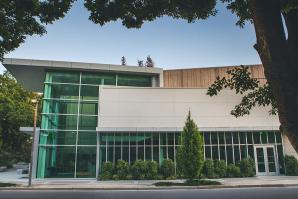
Higher Calling
Architects and colleges collaborate to create holistic, functional and artistic spaces to meet the shifting needs of today’s students
These six Capital Region higher-education projects, completed in the last decade, offer inspired and intentional learning spaces.
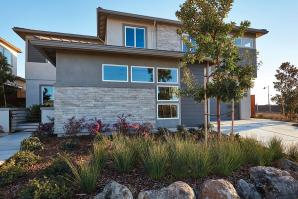
Lean but Still Green
More new developments across the Capital Region are using water-wise landscaping, but state rules are complex and not uniformly enforced
State regulations present an opportunity to shift the way we think about what an eco-friendly landscape can do when we move beyond compliance toward practices that conserve all natural resources and maximize water efficiency.
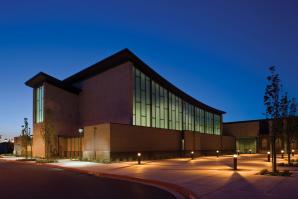
Sacred Spaces
Houses of worship that are worthy of praise
Houses of worship are an important element in Sacramento’s architectural history. From century-old churches to facilities that incorporate modern and sustainable technologies, religious buildings knit together the very fabric of the communities they serve. Here, we feature five local houses of worship, each with its own unique story.
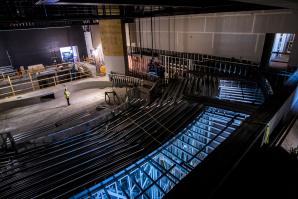
A Sense of Place
Sacramento designers and architects challenge the notion that outside talent is more suitable for notable projects
Sacramento is coming into its own, and tying the built environment to the regional diversity — including an agricultural backdrop and focus on sustainability — is important to local designers and architects.



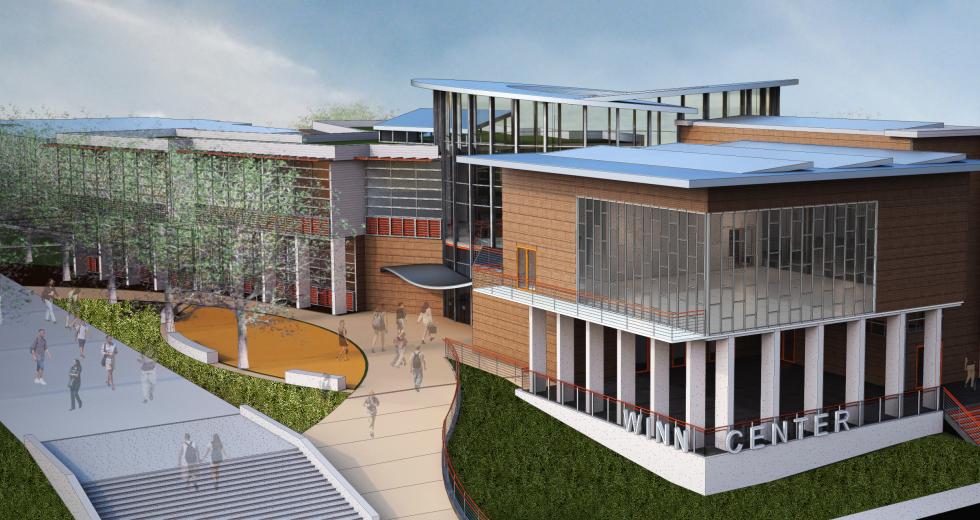
Comments
Nice article Laurie! I learned a little more of the history of the Winn Center. Thanks.